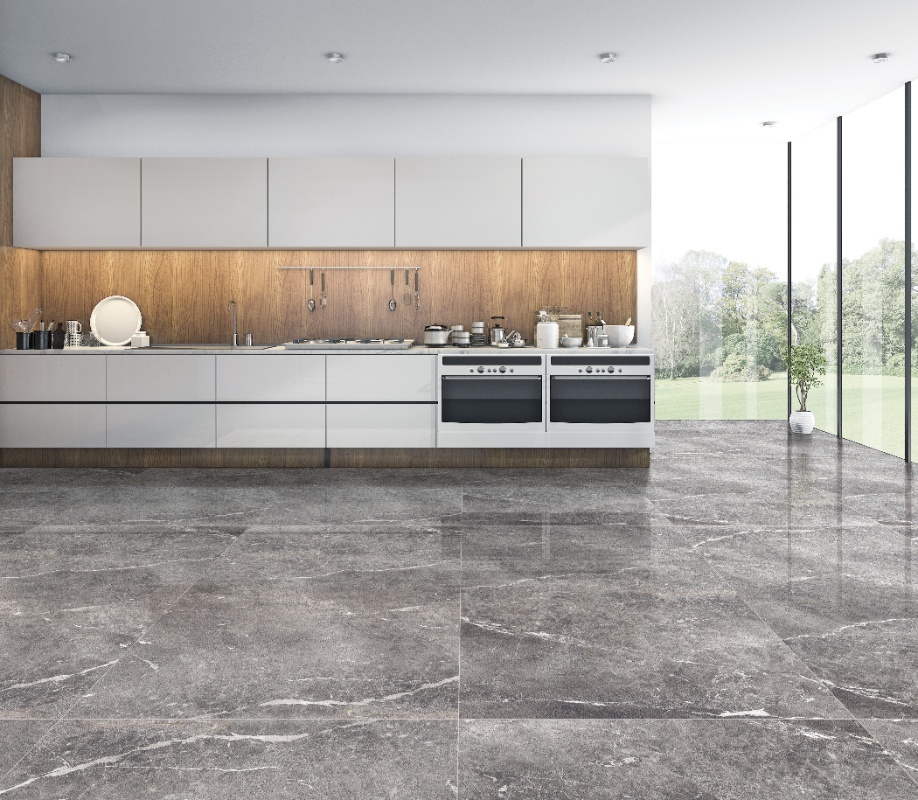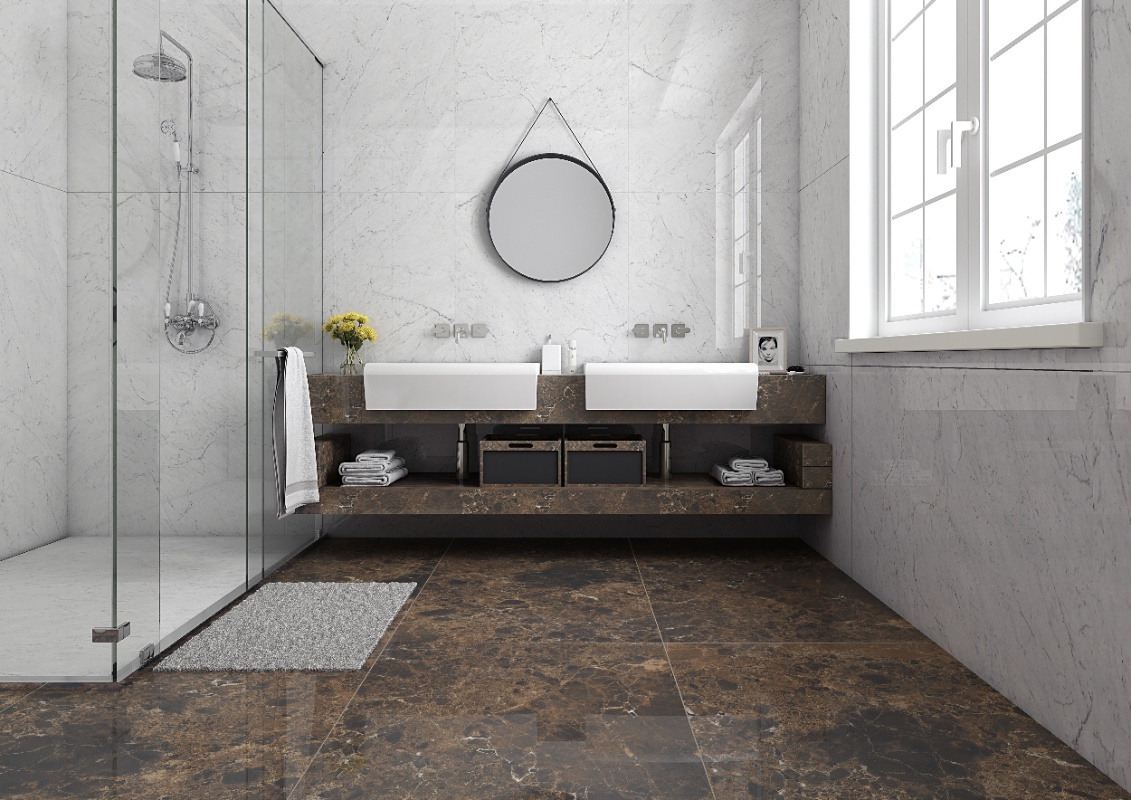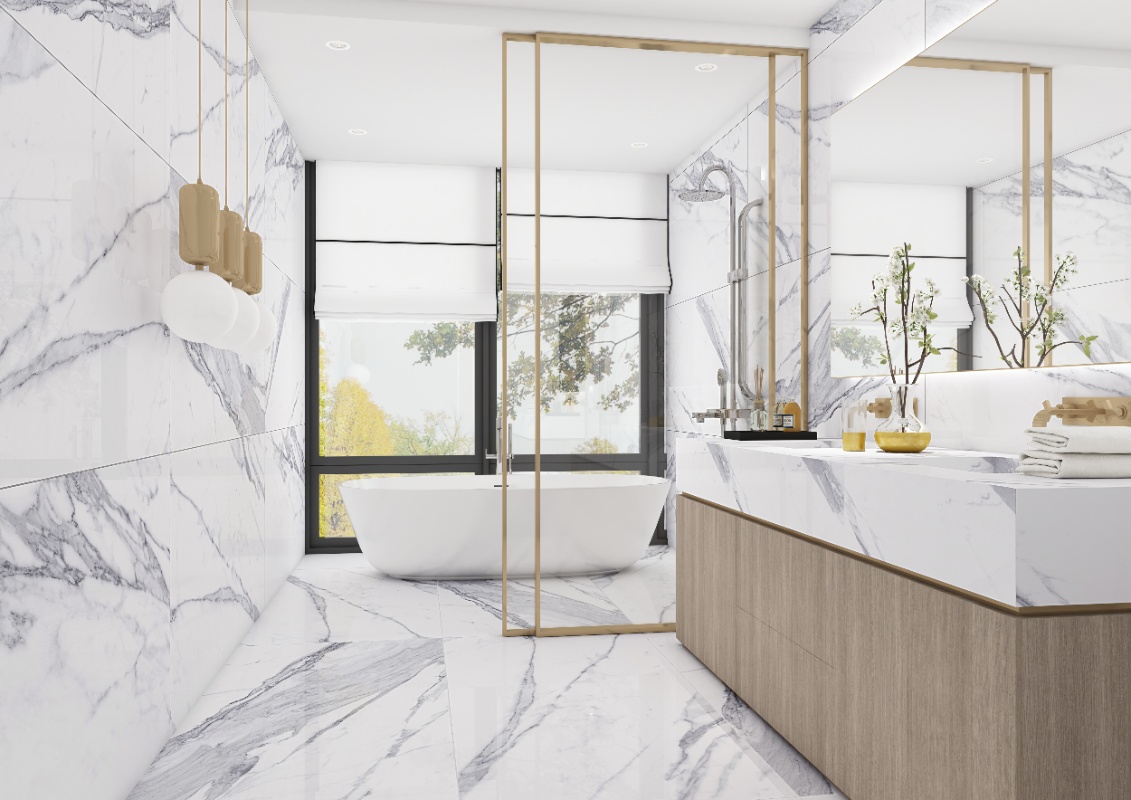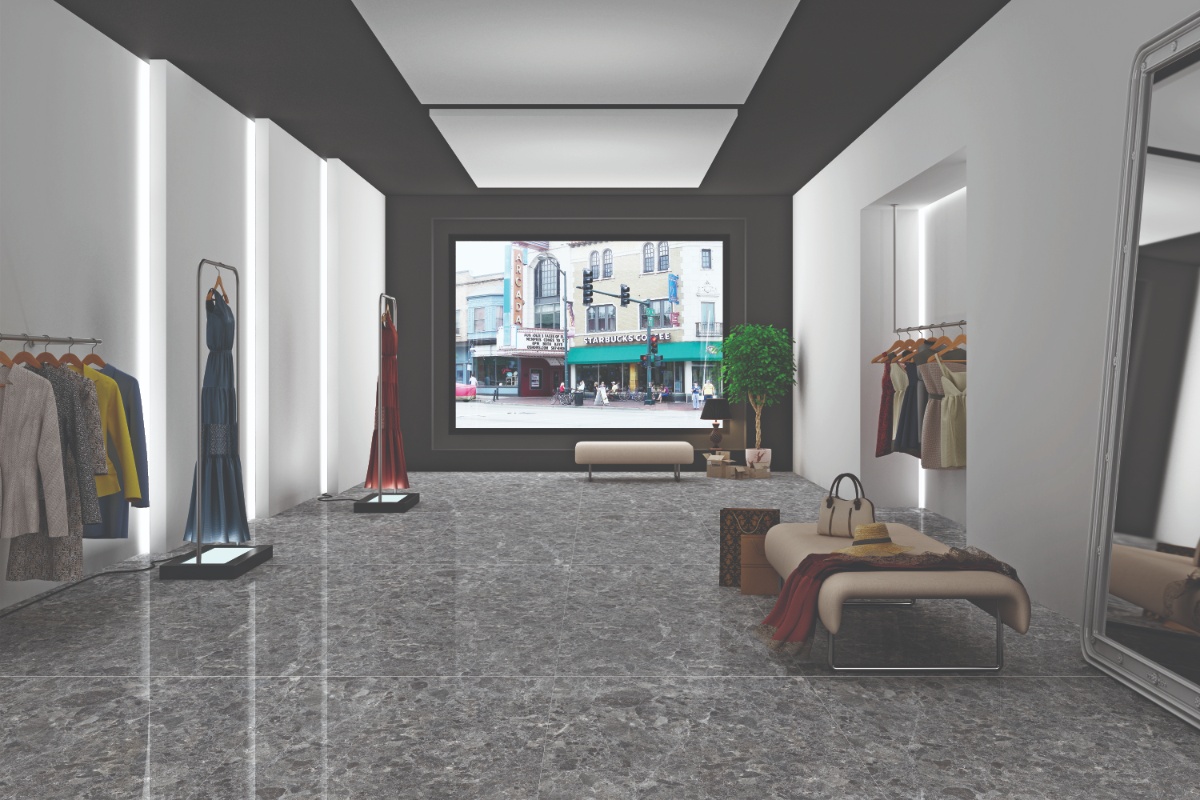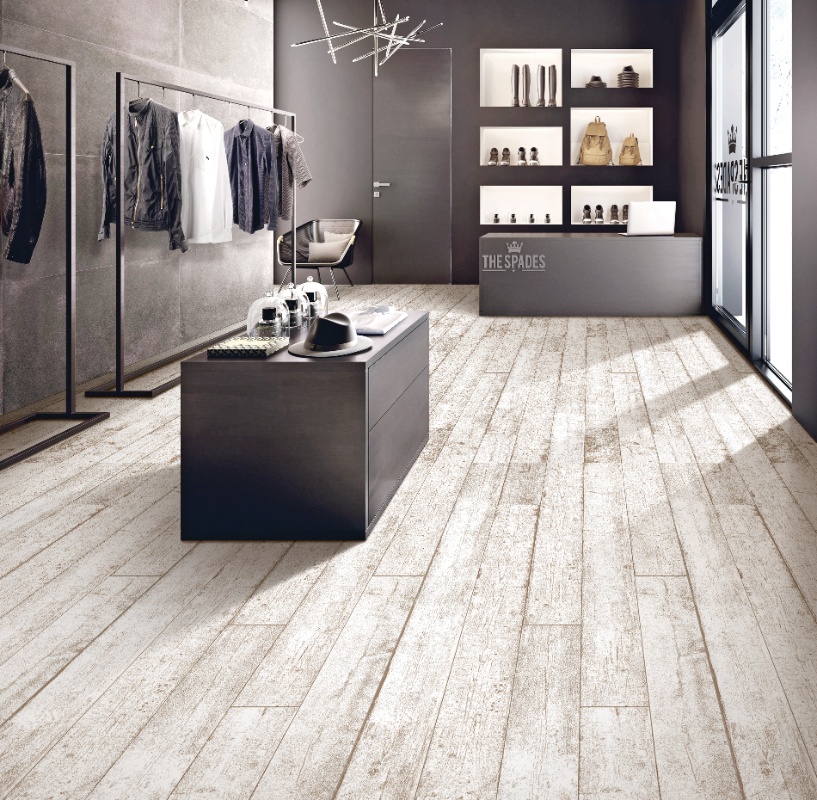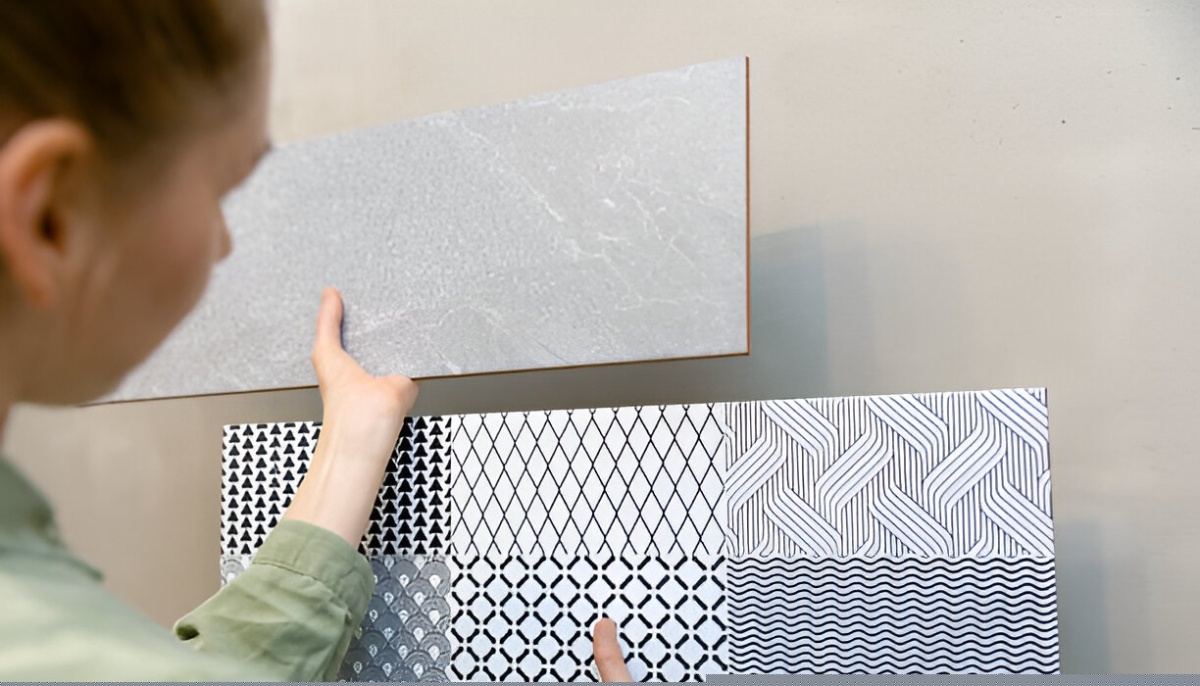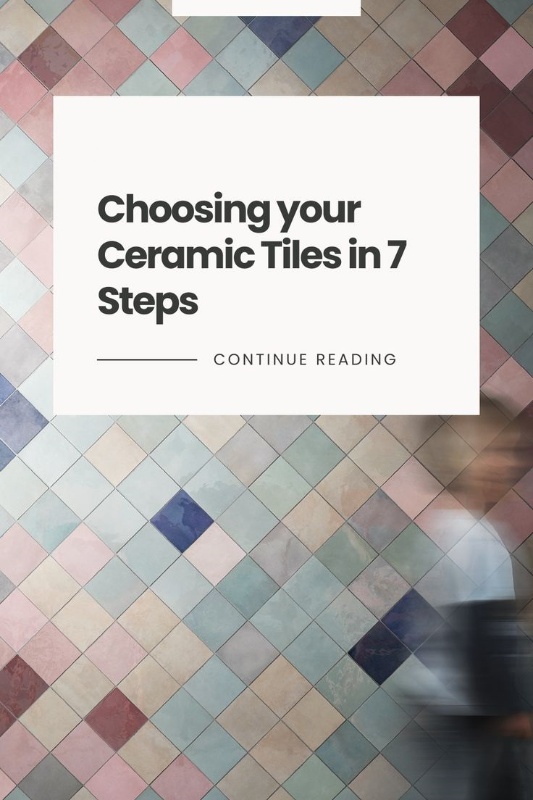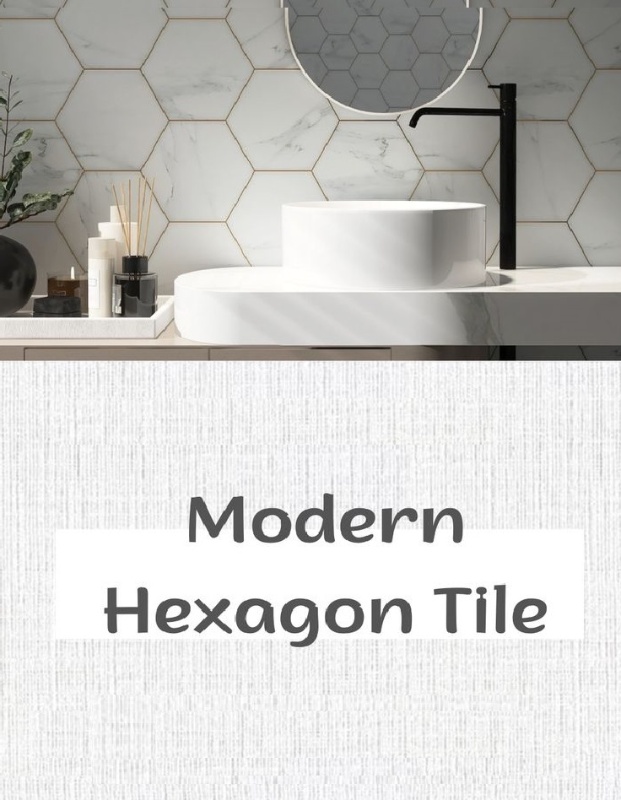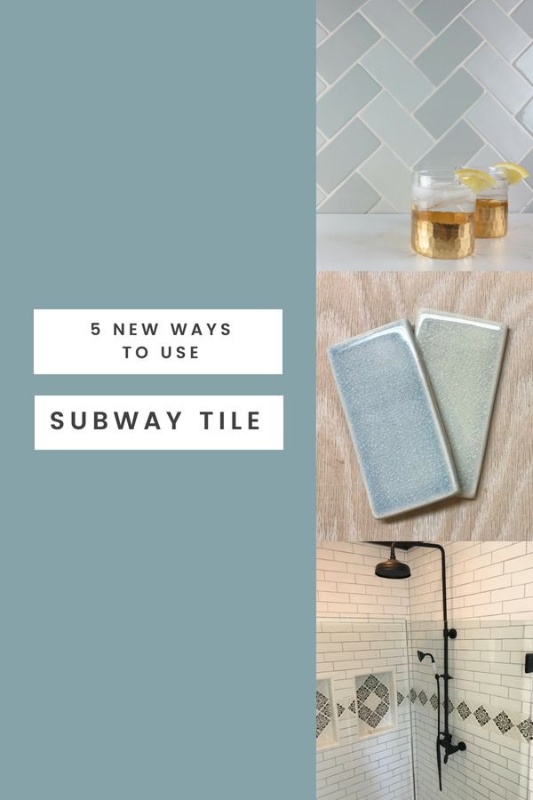The Right Tile Dimension For Your Space
The Right Tile Dimension For Your Space
The selection of tile is not limited to just fitting ideally in a space, it extends far beyond just fitting. The market offers standard sizes for specific uses and tile sizes that are used in various locations on a normal basis. However, in finding Right Tile Dimension there is a vast range of size alternatives available for the various areas of your setting. Different tile sizes have an impact on the overall aesthetic of a space and can either enhance or detract from the style and feel you were aiming for. You can go for BIGGER & BOLDER TILES if the size of your room is large, or choose a relatively smaller size for a smaller room.
The Size Of The Tile Must Be Relative To The Floor Size
The most efficient approach to select the appropriate tile size is to consider the size of your space. Large tiles should be used in a larger space, such as an open kitchen and dining room or a big living room. Medium-sized tiles will work well in a medium-sized space, such as a bathroom, while little mosaic tiles will work well in a tiny area.
Additionally, you can use different shades and finishes to stir up distinct effects. For instance, one can create a Tile Dimension checkerboard effect by laying different patterns. Just like this, you can use any option from the MARBLE-LOOK PORCELAIN TILES and NATURAL-LOOK PORCELAIN TILE to come up with a more realistic & natural look.
Cleaning freshly laid tiles and tile maintenance
Remove all grout and cement residues from the tiles once the laying task is complete, or the finish may get ruined by dirt and stains. After fifteen minutes of installation, wipe the tile surface with a dry sponge or mop, then remove all excess grout with a wet sponge. Fiber sheets are the best technique to cover tiles post-installation. Use a mild acid-based cleaning agent if you still notice stubborn residue, but only after the grout has had a curing period of at least three days.
However, the thumb rule for all tiles is “never to use ammonia or hydrofluoric acid or its derivatives” as it discolors or reacts with the tile and grout, ruining the final finish. It is important to sweep a tile floor before mopping with a cleaner as dust and grit end up adhering to the tile and grout. Sweeping also reduces wear, especially on more abrasion-prone surfaces such as POLISHED PORCELAIN TILES where dirt can scratch the finish unless you have used our scratch-free tiles. During mopping, avoid making the soap and water solution too rich as this can lead to a buildup of soap residue which in turn attracts dirt. Rinsing with clean water is a good practice when using any cleaning solution, primarily on floors.
Finally, to ensure a fresh look throughout your space for prolonged periods, carry out regular maintenance as suggested by us.
